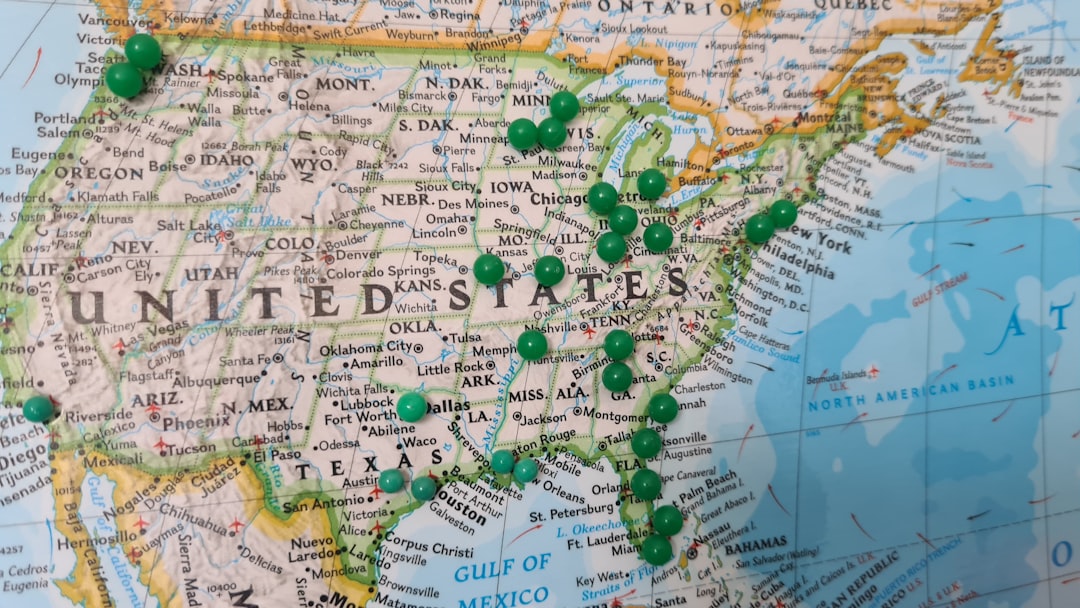
Unveiling the Secrets of Neural Networks: The Hidden Power Behind AI
Dive into the fascinating world of neural networks, the foundation of artificial intelligence, and unlock their power to solve complex problems.
Unveiling the Secrets of Neural Networks: The Hidden Power Behind AI
Introduction: A Journey into the Realm of Artificial Intelligence
In the ever-evolving world of technology, Artificial Intelligence (AI) has emerged as a transformative force, reshaping industries and empowering advancements in various fields. As part of the AI ecosystem, neural networks have taken center stage, holding immense promise for unlocking complex problems and revolutionizing our understanding of the world. This comprehensive beginner's guide will delve into the intricacies of neural networks, shedding light on their inner workings and showcasing their transformative potential.
Section 1: The Anatomy of a Neural Network
Neural Networks: The Biological Inspiration
Neural networks draw inspiration from the human brain, with artificial neurons serving as the building blocks of these networks. These artificial neurons mimic the interconnected structure of biological neurons, receiving inputs, performing computations, and generating outputs.
Artificial Neurons: Decoding the Hidden Layers
- Input Layer: Receives raw data, the foundation of the network's learning process.
- Hidden Layers: Multiple layers of interconnected neurons, where complex computations occur, extracting features and patterns from data.
- Output Layer: Produces the network's final output, either a prediction, classification, or decision.
Section 2: Training the Neural Network: A Journey of Learning
Supervised Learning: Guiding the Network with Labeled Data
In supervised learning, the network learns by digesting labeled data, where each input has a corresponding true output. The network's predictions are compared with the true outputs, and the discrepancy is used to adjust the network's weights and connections, minimizing the error over time.
Unsupervised Learning: Exploring Data's Hidden Patterns
Unlike supervised learning, unsupervised learning operates on unlabeled data, seeking to uncover hidden patterns and structures within the data. Algorithms like clustering and dimensionality reduction play crucial roles in these scenarios.
Section 3: Architectures of Neural Networks: Unlocking Diverse Structures
Feedforward Neural Networks: Paving the Path
Feedforward neural networks represent the simplest network architecture, with neurons arranged in layers and data flowing from input to output, without feedback loops.
Recurrent Neural Networks (RNNs): Capturing Contextual Information
RNNs are designed to process sequential data, such as text or time series. They utilize feedback loops to store contextual information, enabling them to learn from past inputs and make predictions based on this context.
Convolutional Neural Networks (CNNs): Analyzing Spatial Data
CNNs excel at analyzing grid-like data, such as images. They employ filters and pooling operations to extract features and reduce the dimensionality of the data, making them a cornerstone of image recognition tasks.
Section 4: Evaluating and Optimizing Neural Networks: Measuring Success
Performance Metrics: Quantifying Network Capabilities
Metrics such as accuracy, precision, recall, and F1-score play a crucial role in evaluating the performance of neural networks, providing insights into their ability to correctly predict, classify, and generalize from data.
Hyperparameter Tuning: Optimizing Network Architecture
Hyperparameters govern the learning process of neural networks, including learning rate, batch size, and optimizer choice. Tuning these hyperparameters is crucial for enhancing network performance and mitigating overfitting.
Section 5: Real-World Applications of Neural Networks: Transforming Industries
Image Recognition: Revolutionizing Computer Vision
Neural networks have achieved remarkable progress in image recognition, powering applications such as facial recognition, object detection, and medical image analysis.
Natural Language Processing (NLP): Empowering Human-Computer Interaction
NLP enables neural networks to understand and generate human language, opening doors to advancements in machine translation, sentiment analysis, and text summarization.
Predictive Analytics: Unlocking Future Insights
Neural networks are harnessed in predictive analytics, enabling businesses to forecast demand, optimize supply chains, and make informed decisions based on historical data and patterns.
Section 6: Advanced Concepts in Neural Networks: Exploring Frontiers
Deep Learning: Unleashing the Power of Artificial Neural Networks
Deep learning involves stacking multiple layers of neural networks, unlocking the ability to learn complex hierarchies of features, leading to state-of-the-art performance in various AI tasks.
Generative Adversarial Networks (GANs): Creating Synthetic Data
GANs pit two neural networks against each other, enabling them to generate synthetic data that closely resembles real-world data, with applications in image generation, data augmentation, and style transfer tasks.
Section 7: The Future of Neural Networks: Uncharted Territories
Neural networks continue to evolve at an astounding pace, with ongoing advancements in network architectures, learning algorithms, and hardware optimization. The future holds countless possibilities for neural networks, from automating complex tasks to enhancing human decision-making capabilities.
Conclusion: Neural Networks: A Powerful Tool for Unlocking AI's Potential
Neural networks have become indispensable tools in the AI landscape, empowering advancements in a wide spectrum of industries. Their ability to learn complex relationships, extract hidden patterns, and provide accurate predictions has revolutionized our approach to solving complex problems and unlocking the potential of AI. As the field of neural networks continues to evolve, we can anticipate even more groundbreaking applications and transformative impacts on our world.